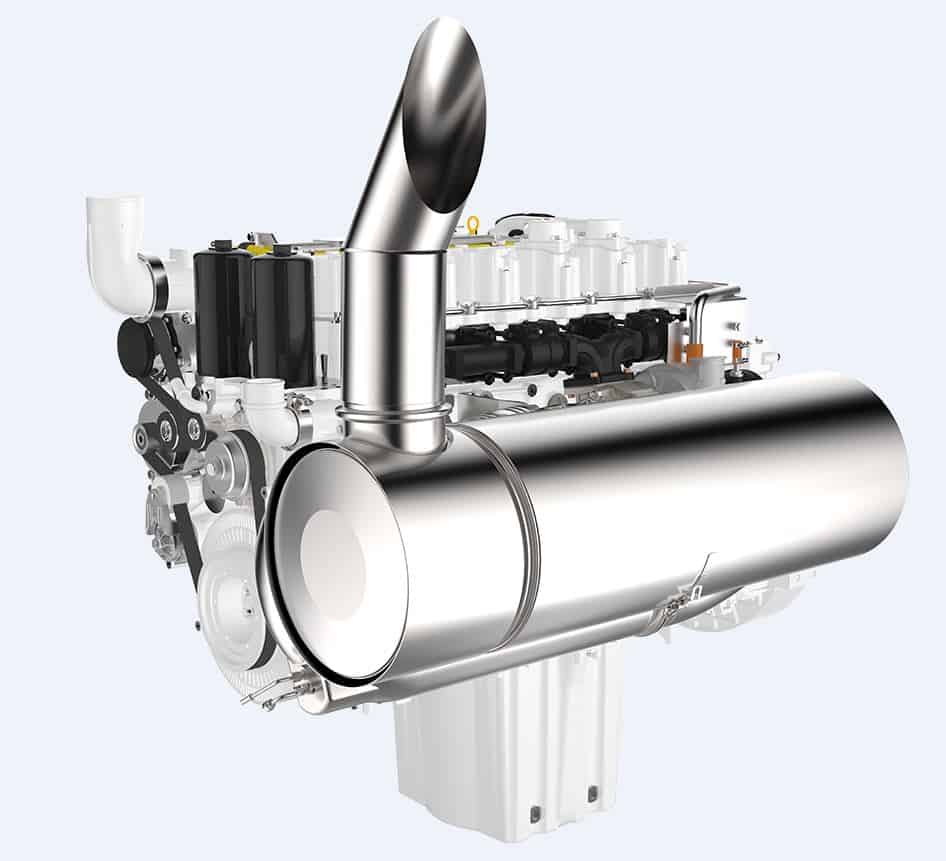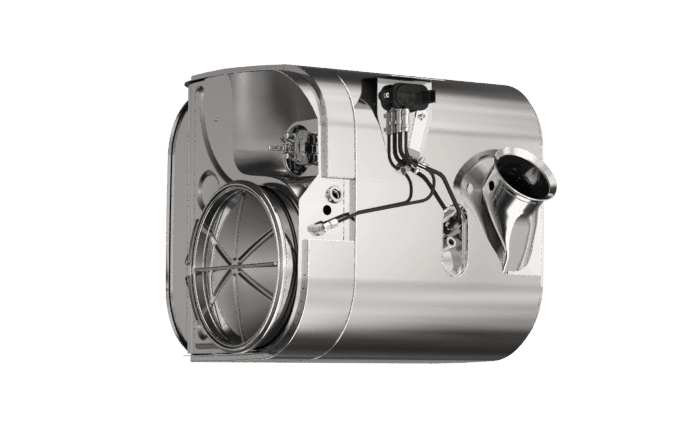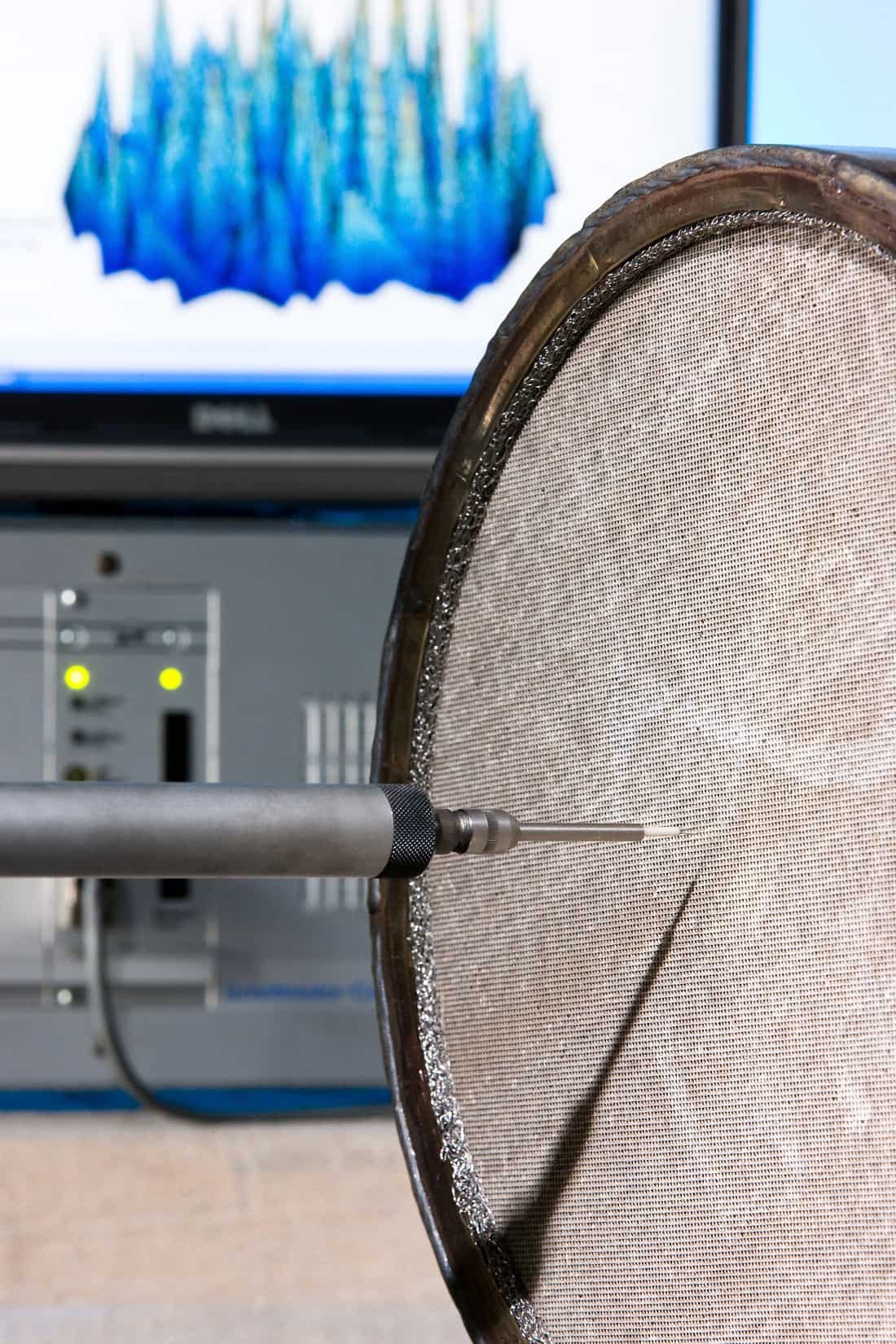The evolution of emission standards for engines used within new non-road vehicles and equipment has introduced new challenges with each successive update. Stage V, due to be implemented 2019-20, introduces a new requirement to reduce Particulate Number (PN) alongside continued control of PM and NOx.
When proposing the new legislation, the European commission stated that; ‘…engines contribute significantly to air pollution and are accountable for roughly 15% of the nitrogen oxide (NOx) and 5% of the particulate matter (PM) emissions in the EU…several technical reviews have concluded that the legislation in its current form has shortcomings’.
The EU commission also highlights; ‘All this is set against recent conclusive evidence on the adverse ill effects of diesel exhaust emissions and especially about particulate matter (diesel soot). One of the main findings is that the size of particles is a crucial factor behind the observed health effects. The issue can only be addressed by limit values that are based on a particulate number count (ie PN count). Therefore, and in line with the developments in the road sector, the introduction of new emission stage (Stage V), which would target particle number limits in addition to particle mass limits appeared appropriate’.
For the first time this effectively mandates the use of diesel particulate filters (DPF) or a SCR coated DPF.

Stage V requirements will introduce stringent emissions standards for a widened scope of engines. These include compression ignition (CI) engines below 19 kW and all engines above 560 kW, all of which were previously outside legislative requirements. The addition of smaller and larger engines will present their own challenges. For instance, problems specific to the small engines can include low temperature drive cycles, amongst others.
Progressive updates
The move from Stage IV to Stage V emissions standards will pose new challenges in the integration of aftertreatment systems and specific requirements such as meeting particulate matter (PM) count.
Stage IIIB legislation for engines from 56-560kW, bought with it a split in technology paths with the majority of OEMs selecting either a diesel particulate filter (DPF) to reduce PM whilst controlling nitrogen oxides (NOx) via the combustion process or selective catalytic reduction (SCR) for NOx abatement whilst controlling PM in-cylinder.

Both Stage IIIB technology options would generally have been coupled to a diesel oxidation catalyst (DOC) with a platinum-group metal (PGM) washcoat to supply NO2 for either passive DPF regeneration or to provide optimal conditions to support the SCR process.
The subsequent introduction of Stage IV resulted in the wholesale application of SCR technology due to the significant reduction in legislated tailpipe NOx. SCR technology was implemented both with and without a DPF depending on the engine hardware and combustion strategy, with the DPF option generally providing optimised engine performance and the no-DPF option offering a reduced package size.
The emissions solution implemented to achieve Stage V will be heavily influenced by the technology roadmap that the OEMs and their consumers took at Stage IV.
Optimum Stage V technologies
OEMs at Stage V are likely to consider three main areas for down selecting the optimum technology solution.
Firstly, engine out emissions; what changes are required to achieve the next level of emissions legislation? All of the trade-offs will need to be considered, including the impact on engine subsystems such as fuel system and air system with changes potentially extending as far as inlet manifold, piston bowl and exhaust manifold redesign.
Secondly, much depends on the space constraints of the installation; if the OEM has to redesign a machine for Stage IV then a repeat exercise at Stage V may not be viable. The space required to fit the physical substrates and additional hardware to operate systems such as SCR are considerable.
A third consideration relates to the technology solution adopted by the OEM for Stage IV; the implementation of aftertreatment on earlier platforms would provide direction and understanding of issues, costs and customer acceptance.

The implementation of Stage V effectively mandates the use of a DPF in the aftertreatment system. The reduction in the legislated PM mass limit and, moreover, the introduction of a particulate number (PN) count for diesel engine between 19KW and 560KW makes it almost impossible to achieve Stage V emissions compliance without a filter.
With the implementation of Stage V, manufacturers of smaller engines, under 56Kw, are impacted for the first time and will not have existing after-treatment technology. In all likelihood the proven DOC/DPF recipe, applied by many OEMs on engines over 56kW at Stage IIIB, will be the technology of choice for manufacturers of 19-56kW engines. The main question remaining for these manufacturers concerns the strategy for DPF regeneration; the trade-off between population risk and system cost is an important relationship to understand in this power range.
The most common aftertreatment arrangement for Stage V, 56-560kW, is likely to be a DOC upstream of a DPF followed by an SCR and ammonia slip catalyst (ASC). Even once the system layout has been confirmed there are still a number of questions to be answered; what is the DPF regeneration strategy? How should the PGM be distributed over the DOC and DPF? What thermal management strategies are required? These decisions all require significant input from a systems integration perspective to arrive at an optimised solution.
Fuel efficiency and exhaust gas temperature trade off
With OEMs targeting the lowest possible fuel consumption and incremental improvements in engine and machine efficiency, the temperature of exhaust gas is on a downward trajectory. This decrease in exhaust temperature translates into extended warm up times for aftertreatment systems and reduced operating temperatures during work cycles. Although significant advances in catalyst formulations have afforded greater operating ranges for aftertreatment systems, OEMs are being driven toward the integration of thermal management strategies to accelerate temperature increase following start up and elevate temperatures during cold duty cycles, in order to maximise catalyst efficiency.
Potential to carry over previous emissions hardware means the systems can be built on proven technology. OEMs that combined DOC, DPF and SCR technology at Stage IV should carry the lowest emissions system development cost when moving to Stage V, also leaving precious development time to optimize customer critical performance requirements.
Optimising space envelopes
The combination of DOC, DPF and SCR demands the largest space envelope and can be often difficult to accommodate in small machines. In order to address package constraints, some OEMs may consider implementing a three can solution with the DOC canned independently and close coupled to the turbo to utilise all space available, however, this solution will likely carry a cost penalty due to the additional canning requirements. Another option is to downsize the DPF and mandate a filter service interval, usually half way through the emissions life of the system.

Removing the DOC entirely and placing all of the PGM onto the filter will reduce the substrate volume considerably, however, it introduces technical risk as the DPF effective area is reduced over the emissions life due to ash accumulation, thus affecting the DPF performance. In addition, a DPF only configuration requires higher total system PGM than a DOC/DPF combination; therefore, the removal of the DOC becomes a less appealing solution.
If overall package size is the primary constraint then an SCR coated filter could provide a compact emissions control solution. Combining the DPF and SCR functions into one substrate considerably decreases the system size, however, it introduces complexity in the control system as soot and ammonia compete for the NO2 generated over the DOC; with control of flow through SCR still causing OEMs considerable problems, the addition of the competing soot oxidation reaction into an already complicated catalytic process could be an less attractive proposition. In addition, the maturity of the fundamental technology should not be overlooked.
Although SCR has been around for many years the application of SCR washcoat to a DPF is a relatively recent development; in particular, optimisation of filter porosity and washcoat loading to successfully balance system backpressure, soot filtration efficiency and SCR activity could result in extensive development activity. The fundamental requirement from some customers to have a system with the lowest possible package size, could make this development a viable option for some OEMs.
Conclusion
The journey to Stage V compliance certainly presents challenges, but it is an evolution of existing technology not a revolution. Some OEMs will be able to leverage knowledge from on-road developments, to reduce development time and cost. For manufacturers without significant previous experience of aftertreatment, help is available from specialist exhaust system integrators to identify the optimum solution for each requirement.”
Bob Laing is product development manager at UK-based Eminox which designs and manufactures exhaust and emission control systems for heavy duty diesel vehicles and equipment.




Project to investigate hybrid approach to titanium manufacturing
What is this a hybrid of? Superplastic forming tends to be performed slowly as otherwise the behaviour is the hot creep that typifies hot...